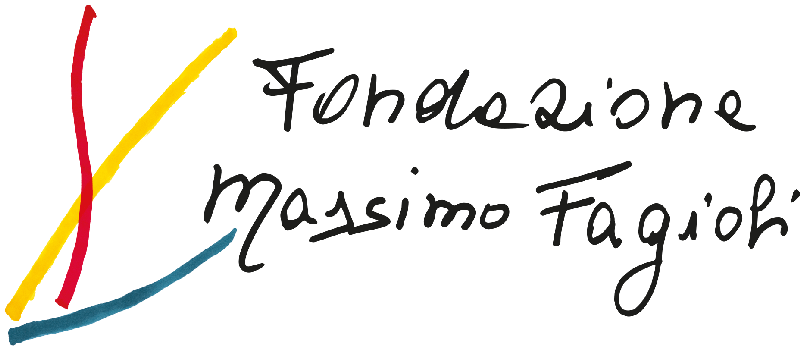Within the conceptualization of Human Birth Theory, Massimo Fagioli defined the first year of life with 21 words, outlined in the book Left 2016-2017. These words define three steps in human beings’ development, namely birth, within the first twenty seconds or so of life (with the words reactions, pulsion, vitality, creation, existence, time, and capability to imagine), the time after those first twenty seconds or so of life (with the words strength, movement, sound, memory, and certainty of the existence of a breast), and at 8-10 months (with the words conscious perception, fantasy, line, sense, and the face).
Our paper is mainly focused on the latter, investigating the relevant six words and the concept of line in particular, and how these relate to weaning. Fagioli defined this extremely significant time in human development as the end of the relationship when desire is satisfied.
Weaning occurs at approximately 3-6 months of life, when the newborn progressively stops suckling. For the child, parting from the breast implies losing the part-object breast so as to attain the whole object mother. By stopping sucking milk, the child increases his or her psychic abilities and possibilities, hence, fantasy and sense of things. Thanks to this sensitivity, the child will be able to increasingly perceive, beyond words, the deep sense of his or her mother’s gazes and states of mind. One can assume that, at this stage, the child starts to elaborate the non-conscious memory of his/her relationship with the breast during the first few months of life and, in particular, the image emerging from the child’s earing, feeling, tasting and smelling.
At a later stage, the beginning of conscious perception and the maturation of the retina will help the child draw the line around his/her face when he/she recognizes him or herself in the mirror. The line the child draws represents the certainty of his/her own identity; I am will merge the deep non-conscious sense of the self with the perception of one’s own image. Based on this dynamic, the line the child draws in his/her mind will differentiate him/her from others, including his/her mother, from whom he/she separates. Psychic separation from the mother will continue when the child learns how to stand, takes his/her first few steps and then runs, develops verbal and then articulated language, starts doodling and then drawing.
Investigating the mother’s reactions to her child’s realizing an ever-increasing independence from her in his/her first year of life is a relevant part of our research. Also, it is worth considering whether unsuccessful weaning – whereby recognition of one’s own self and the consequent separation from the mother fail – depends on the child or the mother’s not being able to accept the child’s progressive separation.
Thus, starting from such words as conscious perception, fantasy, line, sense, and face, in our paper, we will review data in the international scientific literature supporting children’s neuro-psychic-physiological development as above. Moreover, we will expound the sense of the line and of weaning at approximately 8-10 months of life and the relevant clinical implications. For instance, based on the child-mother relationship in the very first few months of life, apart from a healthy recognition of one’s own face at the mirror – linked to the certainty of one’s own internal identity –, there may occur the splitting between conscience and the non-conscious or the complete loss of the non-conscious, which both lead to the onset of mental diseases at a later stage in life. This can indeed be observed and overcome through the interpretation of dreams, which Fagioli considered to be the sole psychotherapeutic approach for the treatment and cure of mental diseases.
Bibliography
- De Simone, G. (2020). Teorie e scoperte sulla nascita umana: il linguaggio rinnovato di Massimo Fagioli negli articoli di “Left” (2016-2017). Il sogno della farfalla, 3, 13-26;
- Fagioli, M. (2017). Istinto di morte e conoscenza. Roma: L’Asino d’oro edizioni;
- Fagioli, M. (2012). Teoria della nascita e castrazione umana. Roma: L’Asino d’oro edizioni;
- Fagioli, M. (2013). Bambino donna e trasformazione dell’uomo. Roma: L’Asino d’oro edizioni;
- Fagioli, M. (2019). Left 2016-2017. Roma: L’Asino d’oro edizioni.
